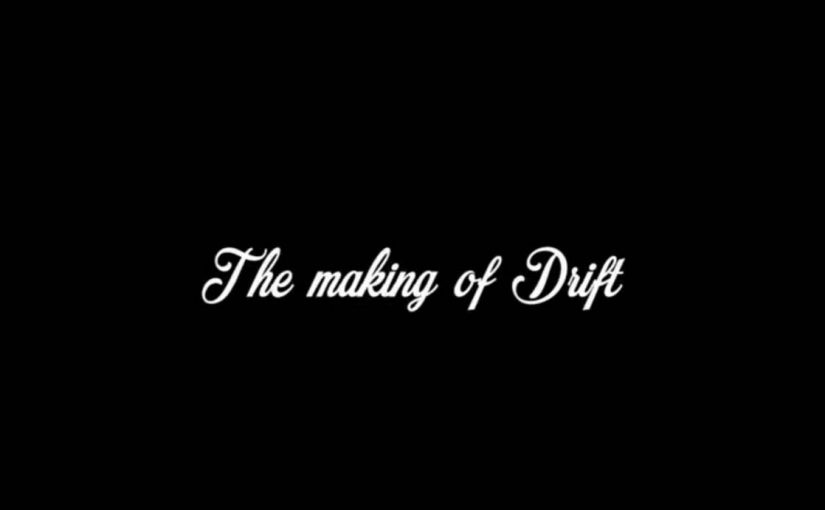
Category: Interactive Spaces

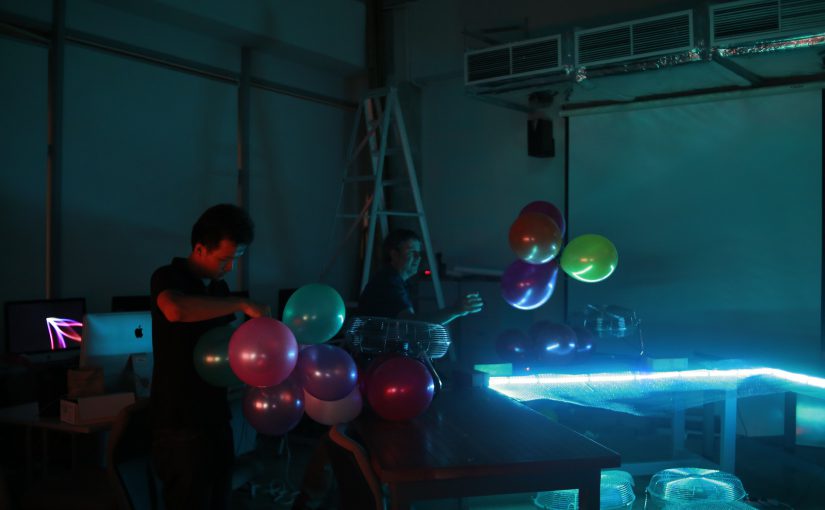
One day more…
Creating a sound that was… nicer?
Instead of using a Sine curve as I did, I used a ‘switch’ statement and a sound modulator to create a kind of instrument based off manipulating some sample sounds.
The objective was to get a range of harmonizing sounds that felt like the installation was actually an instrument instead of some weird machine.
Some issues is that the LED doesn’t always get detected. Also, I accidentally fried some LED cause it got shorted when the balloon landed on the wires.
Removing the wires and using battery to power the led to gain a bit more freedom and variation in the music.
Update : Blob tracking with tone generator
I manage to create an instrument that is triggered based on the blob tracking and a tone generator. The follow up to this is to create a system with the balloons.
Here’s a preview of how the balloons would look.
Drifting through my project while flying kite
Hover for a min
Creating a tone generator in Processing
This week I managed to create a tone generator that I can trigger with my keyboard.
The logic of it is fairly simple and I used Bead library for Processing to create this program.
The next step is to hook this up with an analog system so that I can create sounds and trigger it based on the balloons .
In addition to that, I found a way in which I could make the system fairly interesting.
Balloons in the past experiment would fly around randomly. The plan now is to have lesser freedom for them to move and create a hierarchy.
One way this hierarchy can be used is the relationship of the length of the string and the movement of the balloon.
A longer string gives the balloon more area to move, hence more random notes will be triggered.
Arrangement in space is also a key consideration for this project.
The upcoming week will be focused on developing a complete software and then moving on to the physical set up.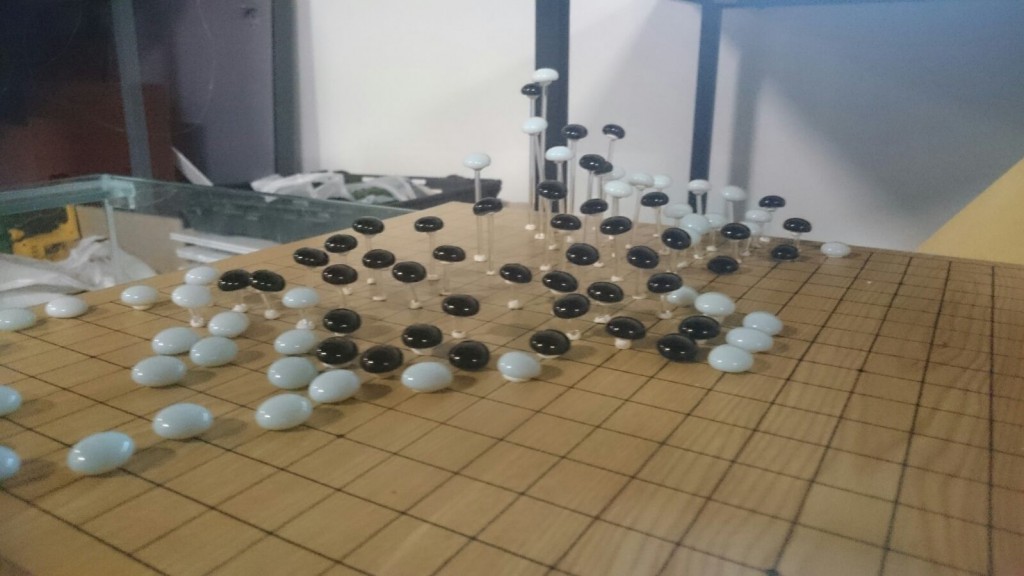
Interesting use of hierarchy using acrylic sticks on wei qi.
Feedback on Drift
I guess one of the more urgent concerns my peers have show regarding my project was that it was kinda hazardous…
Firstly, standing on the table probably felt fun to me, a little less for those around me.
Maybe elevating the space a bit but not too much?
Secondly it’s dark.
I guess I’m gonna have to source for better ways to illuminate the space then just 5m of led.
I’m thinking if I could project some visuals or graphics on to the balloon, that would be quite cool.
I guess a change of space would help too. A smaller more contained space would make people feel safer.
Time to head back to the drawing board I guess
Documentation
This week I explored the idea Play in Space.
I came across this reading of Eric Zimmerman on the “Narrative, Interactivity, Play, and Games: Four naughty concepts in need of discipline”
Play
Perhaps more than any other one of the four concepts, play is used in so many contexts and in so many different ways that it’s going to be a real struggle to make it play nice with our other terms. We play games. We play with toys. We play musical instruments and we play the radio. We can make a play on words, be playful during sex, or simply be in a playful state of mind.
What do all of those meanings have to do with narrative and interactivity? Before jumping into a definition of play, first let’s try and categorize all of these diverse play phenomena. We can put them into three general categories.
Category 1: Game Play, or the formal play of games
This is the focused kind of play that occurs when one or more players plays a game, whether it is a board game, card game, sport, computer game, etc. What exactly is a game? We’re getting to that soon.Category 2: Ludic activities, or informal play
This category includes all of those non-game behaviors that we also think of as “playing:” dogs chasing each other, two college students tossing a frisbee back and forth, a circle of children playing ring-around-the-rosy, etc. Ludic activities are quite similar to games, but generally less formalized.Category 3: Being playful, or being in a play state of mind
This broad category includes all of the ways we can “be playful” in the context of other activities. Being in a play state of mind does not necessarily mean that you are playing – but rather that you are injecting a spirit of play into some other action. For example, it is one thing to insult a friend’s appearance, but it is another thing entirely if the insult is delivered playfully.Quick structural note: the later categories contain the earlier ones. Game play (1) is a particular kind of ludic activity (2) and ludic activities (2) are a particular way of being playful (3). But what overarching definition could we possibly give to the word “play” which would address all of these uses?
The definition: How about:
Play is the free space of movement within a more rigid structure. Play exists both because of and also despite the more rigid structures of a system.
That sounds quite abstract and obtuse for a fun-loving word like “play,” doesn’t it? But it is actually quite handy. This definition of play is about relationships between the elements of a system. Think about the use of the word “play” when we talk about the “free play” of a steering wheel. The free play is the amount of movement that the steering wheel can turn before it begins to affect the tires of the car. The play itself exists only because of the more utilitarian structures of the driving–system: the drive shaft, axles, wheels, etc.
I like to think my element of play in my space belongs to the second category, Lucid Play, where the play exist as a result of the interaction, and when the objects are not interacted upon, the objects are not playful, so to speak.
The idea draws from a child’s mind of a playscape. What makes a landscape something playful? An empty void deck can be a playscape, you just need a friend or two to play catching. A playground is boring if no one wants to play in it. The interaction creates the play, not the other way round.
Similarly, a few fans and a balloon doesn’t make a space interactive. Its’ how we push the medium and think out of the box.
Why are we told not to stand on tables? Is it rude? Is it dangerous? We’re told so when we are kids and when we become adults, it gets embedded in the back of our minds.
Yet, why not explore it? How can we change the space just simply by ignoring certain social construct? Space itself is a social construct. If we are to be kids, we need to unlearn these rules that were placed on us and question.
Road block
I’ll probably need four?
I think having an elevated space, requiring one to climb to a higher height would help to change the space and bring the audience into a different space.
I’m also gonna see if I can borrow some spotlights to point upwards, I’ll use led to lit the system.
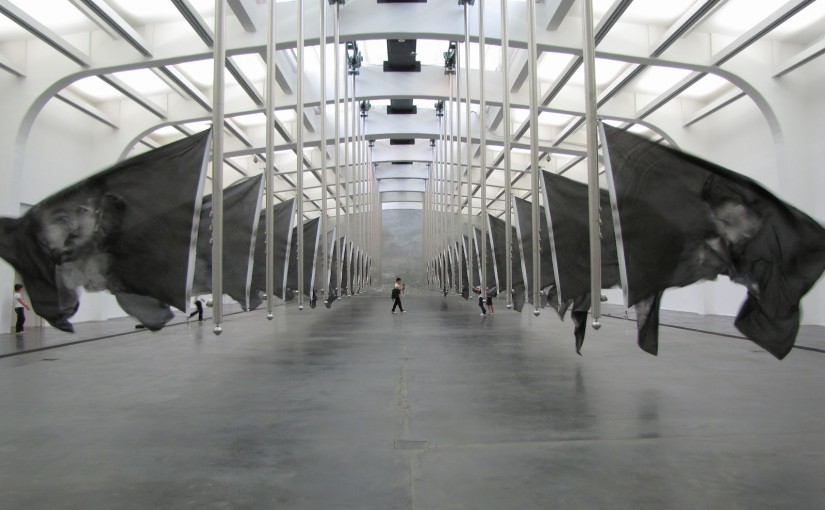
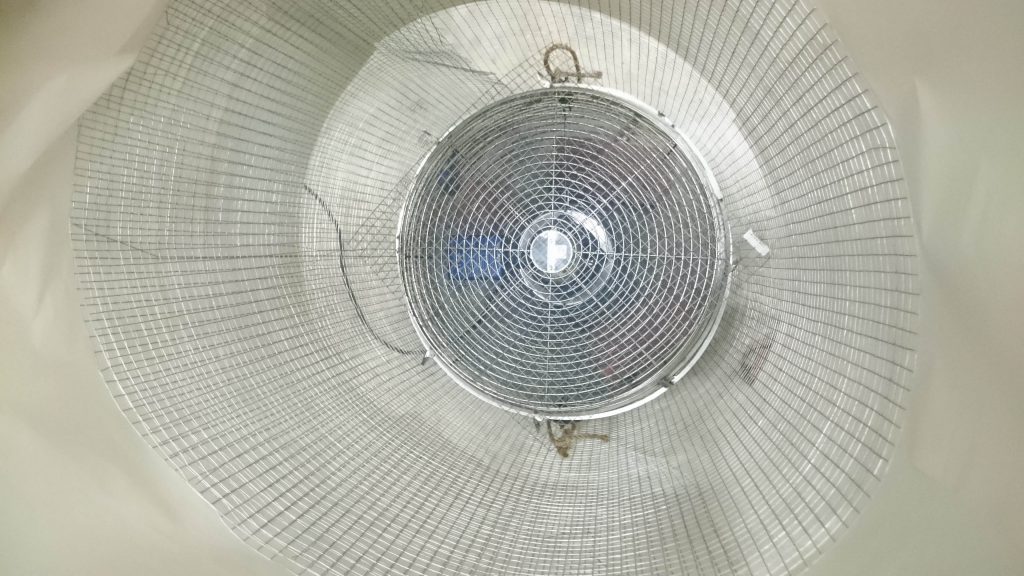
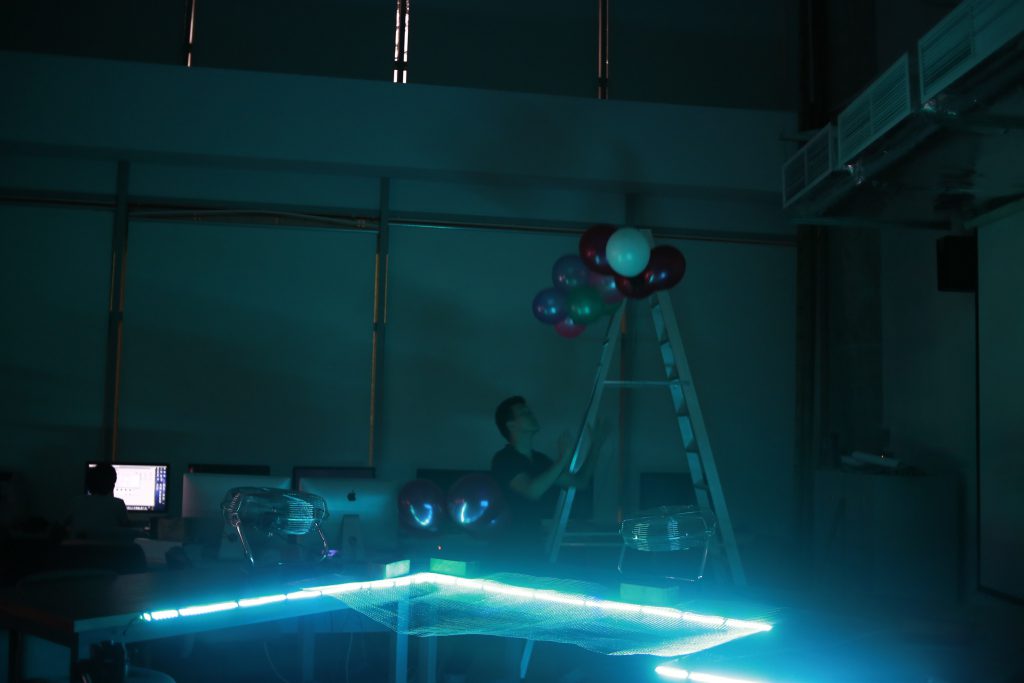
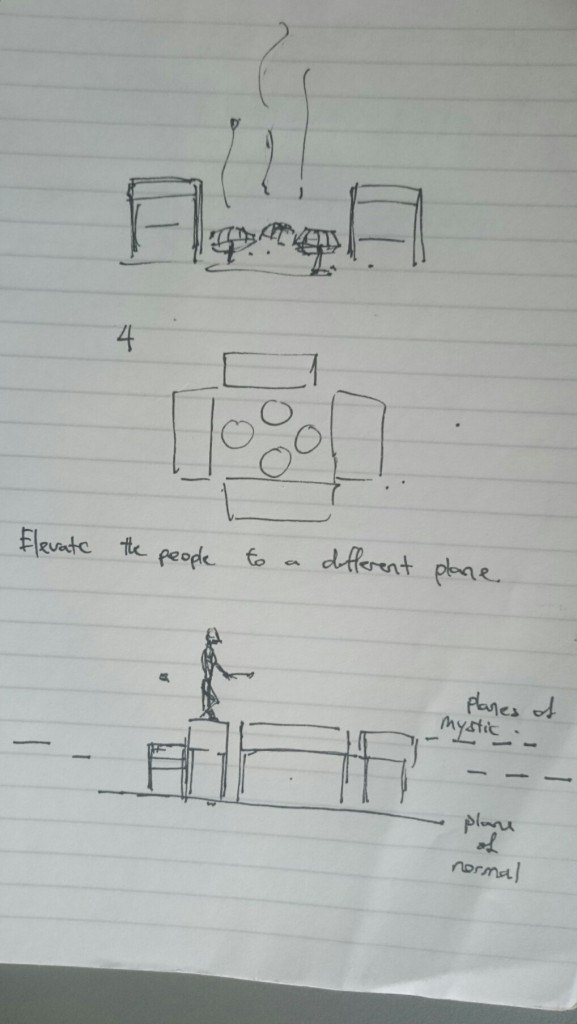
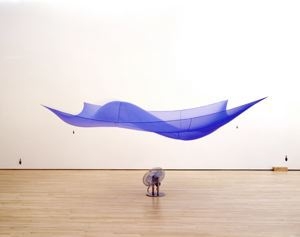
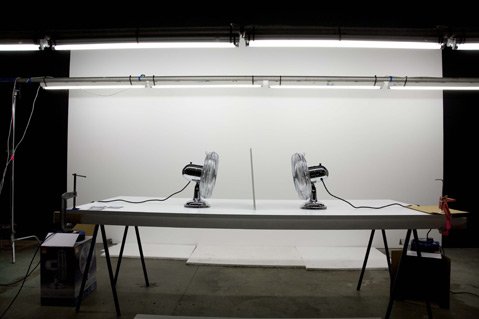

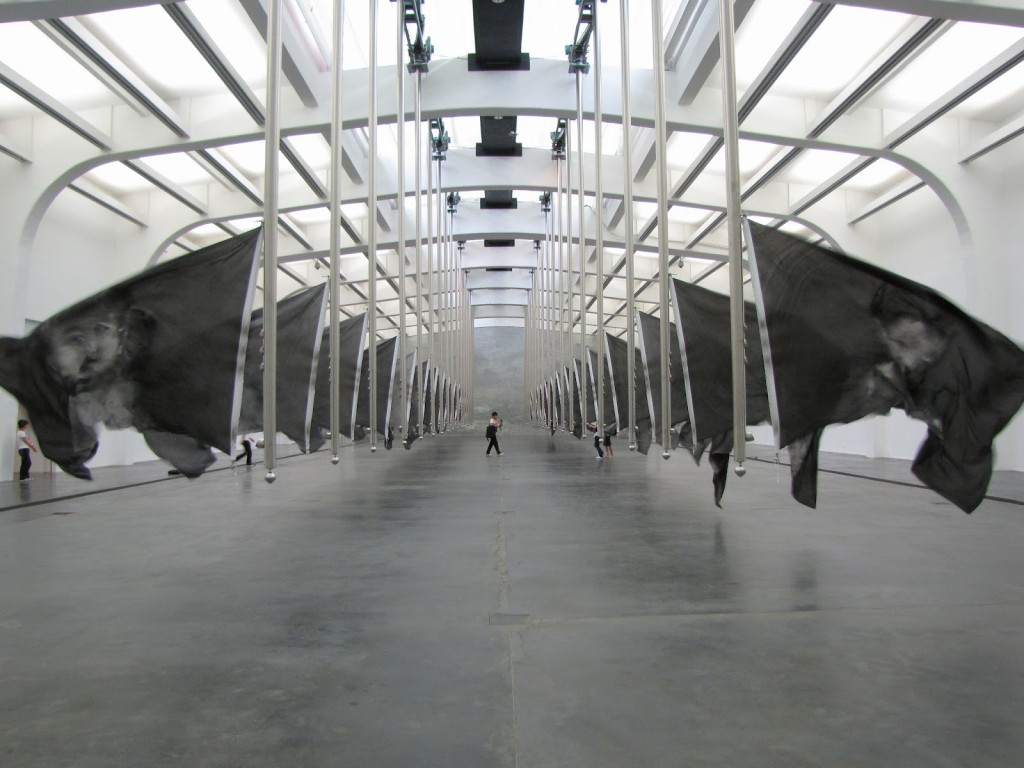
Recent Comments